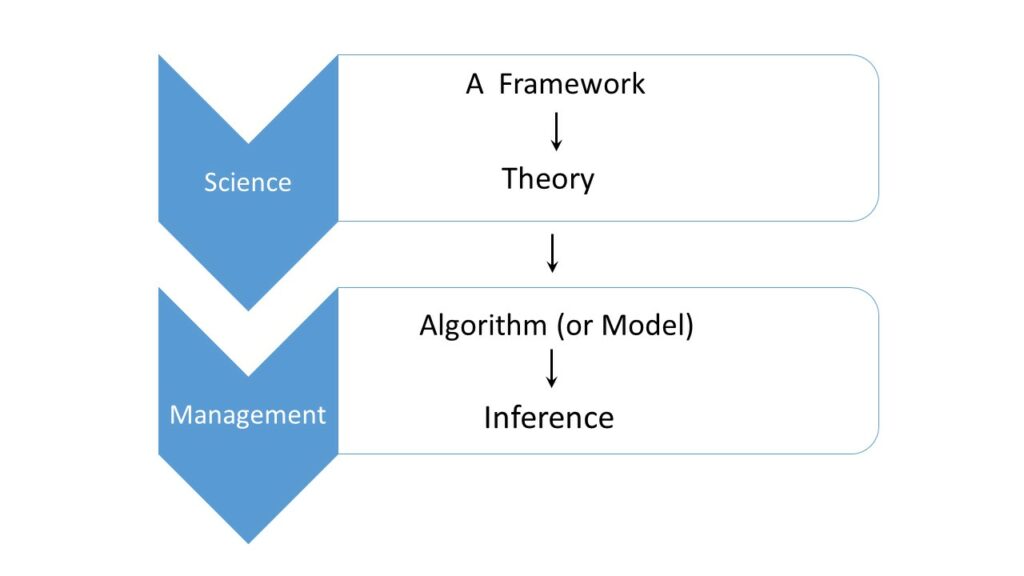What’s the point of doing fundamental science? Nima Arkani-Hamed presented his own fascinating perspective in a recent public lecture at Cornell, which everybody should listen. These are some of my top picks:
What does it require to do fundamental science?
Nima: Doing fundamental science necessitates working on hard problems for very long periods of time and it is not obvious how to go about attacking a problem that seems impossible to solve and might take decades to make progress on….You don’t sit around and read in a book “how you go about solving an impossibly hard problem.” You need a small group of people who have actually done it and you learn from them by osmosis. The people who work on these things are driven by a cause that is bigger than themselves and to earn it they have to work their asses off.
How can we make funding possible for this kind of people?
Nima: If you are somehow gotten into doing fundamental science with the idea that it is some sort of safe nice things to do with your life, you are crazy, you are wrong. It’s not safe, it’s risky. You are risking the most important thing you have, your life and your time to pursue things. So it’s a big risk, you should know it….if it pays out you will get all the joys and any other kind of more practical reward you get out it will be similarly bigger.
Should you work on more ambitious slightly crazier ideas or the things that most other people are working on?
Nima: There is no clean answer to this question. But it’s true that if you go a little bit further to the other people and something works, even a little bit, poof, you are lifted out of the masses and you will have a wonderful academic life after that. In academics, the greatest thing can happen is that a crazy idea actually ending up being somewhat right.
How do you approach solving problems?
Nima: Don’t be a monkey who is only interested in the calculation. Zoom in (detailed calculations) and zoom out (the grand vision that draws you in) constantly when solving any problem. They not orthogonal to each other, but they are not the same either. They are the two different ends of one beast that is known as a scientist.
What is the number one thing that the current academic system needs?
Nima: The number one thing that academics need is utter and complete freedom to do anything the hell they want. Freedom, freedom, freedom the most important commodity in any academic pursuit.
Is there any systemic thing that can be done to ensure the rapid development of fundamental science research?
Nima: I think we could be doing a lot better on increasing the number of weird people that we actually have in academics. We need many many more of them. So actually, what I personally want to fight for: is enlarging the group of strange people that we allow into our mix. I find too much of a certain kind of homogeneity.

 Hierarchy and branches of Statistical Science
Hierarchy and branches of Statistical Science
 ]]>
]]>